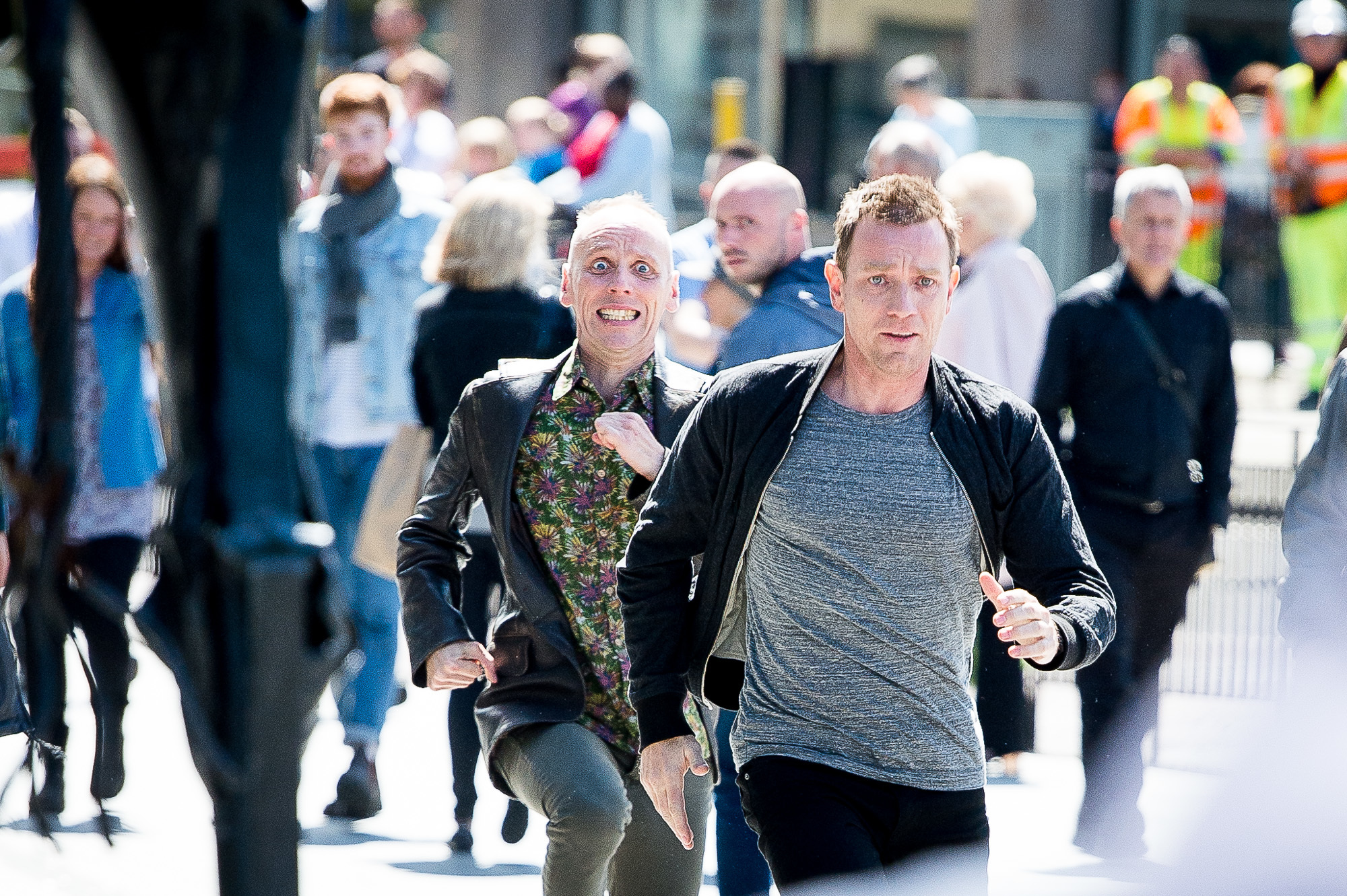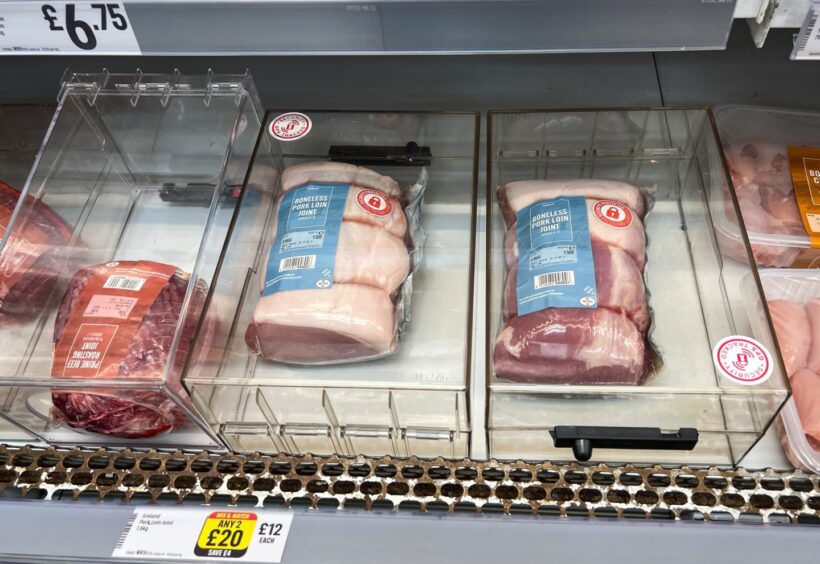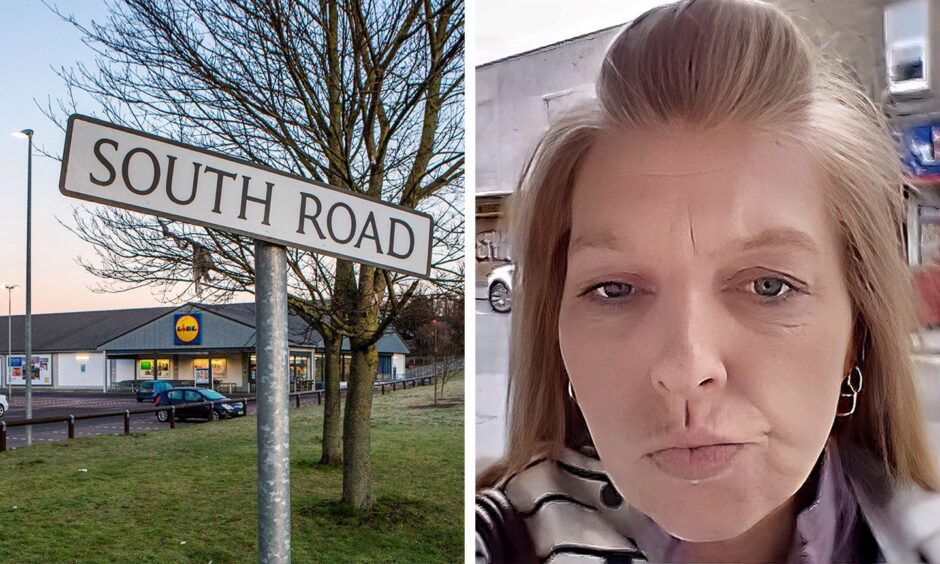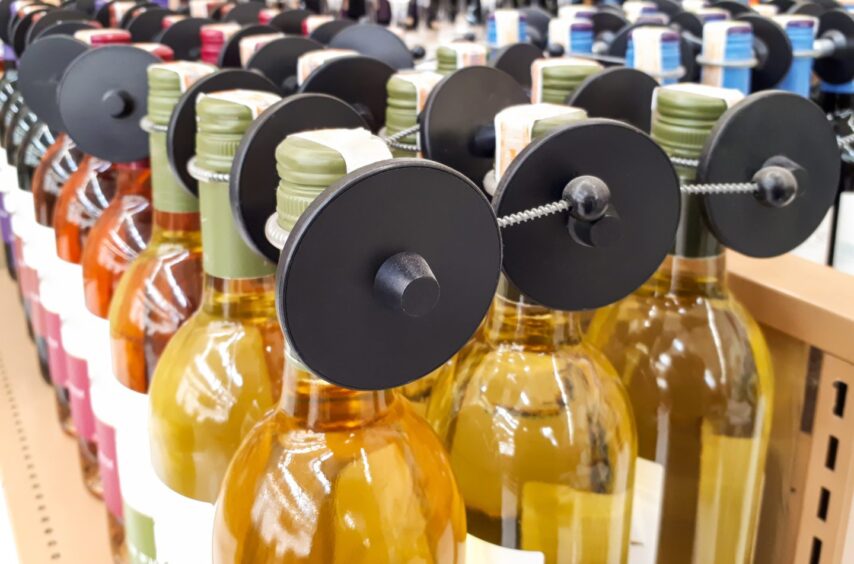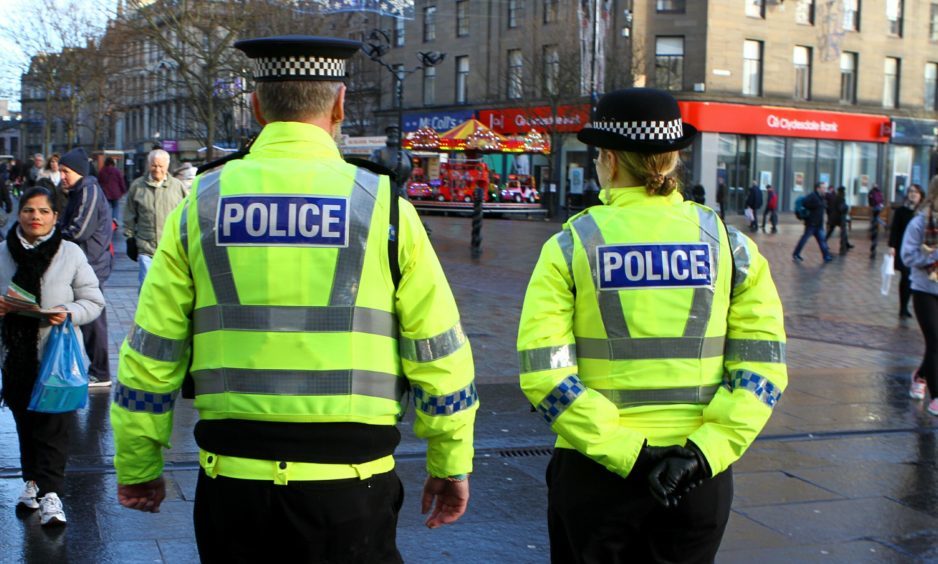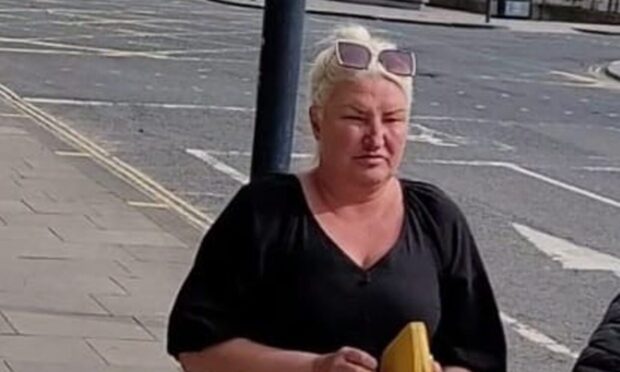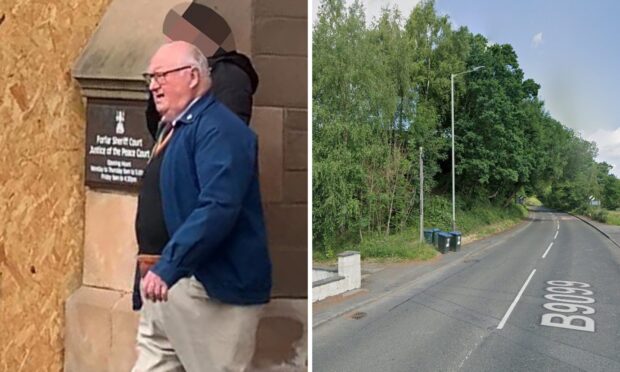A surge in shoplifting has been recorded across Tayside and Fife.
The upswing in thievery from shops in each local council area is above the national 30% increase since 2022.
In Dundee it is a 40% spike, Angus 32%, Fife 33% and Perth 45%.
In the city of Discovery alone, more than 1,420 shoplifting crimes were reported to police.
The likelihood is that figure should be much higher.
‘I’m on minimum wage, what would be the point?’
Thursday night and I am in my local supermarket to pick up bread, baby formula and a beer or two.
Of these, only one has a security tag on it – the powdered milk.
Walk into any shop in the city, you will see pretty much the same. It has been the case for years now.
Desperation for some is clearly a factor – the cost of living has gone up, food and drink and clothes are more expensive.
But as with almost all crime, there is not a one-size-fits all explanation.
That same Thursday, as I am perusing the aisles, I see a man not much younger than me (early 30s) glancing nervously around the instant coffee pots.
He stuffs one down his jacket and makes off moments after I approach the till.
No alarms go off but I mention it to the shop assistant scanning my shopping.
“It’s unfortunate but there is not much I can do,” he tells me.
“I’m on minimum wage here, what would be the point in risking it.”
And he is right – retail staff face enough stress in their jobs as it is (I should know, I was one).
Having to also police shoplifters does not seem worth the risk.
So the shoplifting went unreported in a scenario repeated daily across the city.
Retailers’ faith diminished
David Lonsdale, Director of the Scottish Retail Consortium (SRC), said: “Sadly, it’s little surprise official figures show shoplifting is on the rise.
“Indeed, these figures won’t even capture the full picture as some thefts aren’t reported by retailers as they don’t believe much action will be taken.
“As the number of thefts have risen, driven in part by organised gangs, retailers’ faith that thieves will be caught has diminished.
“Instead, the focus is on protecting our colleagues from abuse and assault and investing record amounts in theft protection.”
Recent cases
Time and again, the index crime – shoplifting – and the subsequent offences – abuse and assault – are the result of drug addiction.
The Courier recently reported on repeat shoplifter Hayley Kenyon, 42, who stabbed a Lidl store detective in the stomach with a needle, spat on him and racially abused him.
He had approached her after he saw her lift a gaming headset without paying for it.
In St Andrews, Michelle Vallance kicked off after Tesco workers asked her to leave the shop after “previous incidents”.
The Lochee woman has multiple convictions for threatening behaviour, dishonesty and shoplifting.
In Perth, serial shoplifter Stephen Strain, who was banned from Marks and Spencers after carting off £800 worth of booze in a shopping trolley, pled guilty in September to clashing with staff at stores in the city centre.
These incidents – and many more – involved people described in court as having serious substance misuse problems.
The most recent survey carried out by the shop-worker’s union, Usdaw, showed violence against staff has almost doubled since 2016, as a direct result of intervening in a shoplifting crime.
Their survey of more than 7,500 shop workers found 31% of incidents of violence, threats and abuse related to shoplifting – more than double the 2016 level.
More than 63% of those, shop-workers said, was by repeat, “known” offenders.
Are more police the solution?
Mr Lonsdale said: “Shoplifting isn’t a victimless crime.
“Shop workers can be intimidated and the financial costs are enormous and are ultimately borne by shoppers – in some cases putting prices up.
“It’s why the SRC is calling for the tackling of store crime to be made a greater priority by the authorities and for our retail destinations to be made safer.”
The Scottish Conservative MSP Maurice Golden wants to see more police on the streets to tackle the issue.
“These instances of theft hit businesses across the city of all sizes.
“The scale of the thefts also cause alarm to retail workers who are constantly concerned for their own safety if they were to challenge people stealing from the shelves.
“People will suspect it is no coincidence that as police numbers locally reduce, the number of crimes like these go up.
“The loss of police officers on the frontline means there is a reduced presence, and criminals are simply less fearful of being caught.
“These figures are likely just the tip of the iceberg, as we know from speaking to traders that so much theft from premises goes unreported.”
Police numbers – and cuts – were addressed by the Scottish Government, which said the administration has invested more than £11.6 billion since the creation of the single force in 2013.
“Despite difficult financial circumstances due to UK Government austerity, we have increased police funding year-on-year since 2016/17, with £1.45 billion being invested this year.
“There are over 350 more officers than in 2007 and around 1,480 new recruits have joined Police Scotland since the beginning of 2022.
“Scotland continues to have more police officers per capita than England and Wales and, following the agreed pay deal of 12% over two years, our officers continue to be the best paid at all levels.”
But if the majority of crimes go unreported and people continue to need to fund drug habits or are pinching in desperation, how does adding to the number of officers actually bring about change?
Paul Malik is a Crime and Court reporter with The Courier, working mainly in Dundee.
